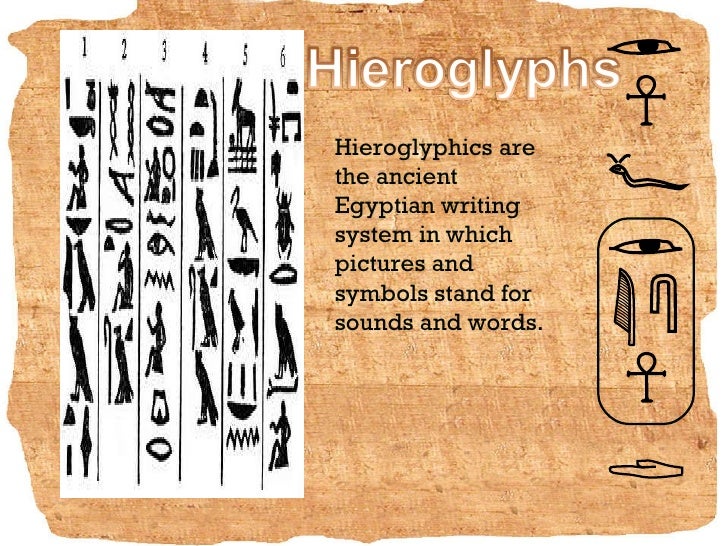david starling
Well-known member
A picture can be worth a thousand lies!
Last edited:
If I use Egyptian hieroglyphs is that text or image?

On the note of meme culture - there are loads of memes that aren't English. I know Japanese, Thai and Spanish have a massive amount of memes. But you won't see that in English speaking areas of the internet much, for obvious reasons.
(I read a couple of years ago about a boy who was a "native" Esperanto speaker, brought up by his father speaking it to him...and there are still language nerds who learn it. Don't see the appeal, personally)
Fathership implies a different thing from mothership, but you seem brainwashed enough to not see a difference.
If I use Egyptian hieroglyphs is that text or image?
On the note of meme culture - there are loads of memes that aren't English. I know Japanese, Thai and Spanish have a massive amount of memes. But you won't see that in English speaking areas of the internet much, for obvious reasons.
(I read a couple of years ago about a boy who was a "native" Esperanto speaker, brought up by his father speaking it to him...and there are still language nerds who learn it. Don't see the appeal, personally)

Sometimes they are pictographic, yeah.
But not entirely. Especially for a subset of them which was used like a kind of "alphabet" that when combined would form words/sentences that have no resemblance to the images used.
If you've ever been to or go to Egypt they use that to hawk things to tourists such as papyrus with your name written on them in hieroglyphs.
What about cuneiform?
A reason for why the correlations work?
For any two correlated events, A and B, the different possible relationships include:
1. A causes B (direct causation)
2. B causes A (reverse causation)
3. A and B are consequences of a common cause, but do not cause each other
4. A and B both causes C, which is (explicitly or implicitly) conditioned on
5. A causes B and B causes A (bidirectional or cyclic causation)
6. A causes C which causes B (indirect causation)
7. There is no connection between A and B; the correlation is a coincidence
Source: https://en.wikipedia.org/wiki/Correlation_does_not_imply_causation#General_pattern
Traditional astrology has an indirect causation explanation for astrology using the four elements. What is your explanation?
How do you know?
Duck talk😄!!!!
“If it talks like a duck, and walks like a duck...”

For any two correlated events, A and B, the different possible relationships include:
1. A causes B (direct causation)
2. B causes A (reverse causation)
3. A and B are consequences of a common cause, but do not cause each other
4. A and B both causes C, which is (explicitly or implicitly) conditioned on
5. A causes B and B causes A (bidirectional or cyclic causation)
6. A causes C which causes B (indirect causation)
7. There is no connection between A and B; the correlation is a coincidence
Source: https://en.wikipedia.org/wiki/Correlation_does_not_imply_causation#General_pattern
Traditional astrology has an indirect causation explanation for astrology using the four elements. What is your explanation?
A Universal, all-inclusive Magnetic Field Matrix. Then observation and correlations based on the intuitively created zodiacal systems.
